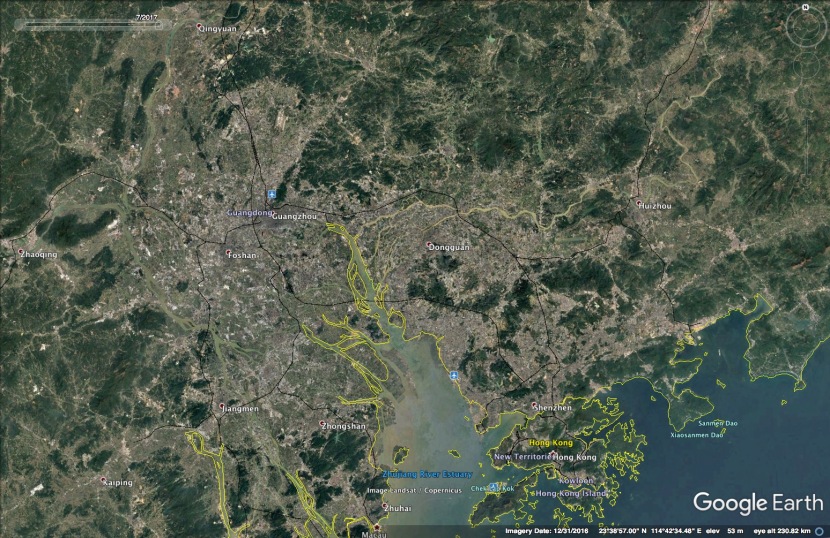The poem below, is a first draft, of perhaps a more polished piece.
I wrote it, putting together some ideas I’ve had for a long time. A rambling, almost a stream of consciousness, about some ideas I’ve had for a while. To go with hope, and not fear.
Singapore: hope, fear, faith, abundance.
===
I know the limits that SG has.
I know the constraints.
But the constraints have not defined us.
We have gone so far on the bases of fear.
How far more can we go on the basis of hope?
There is a vast expanse before us,
No matter the world, no matter the circumstance.
===
If only our hearts are big enough,
Our eyes bright enough,
Our minds open enough,
To chase rainbows,
Or better,
To make them ourselves.
===
Even the dips and downs that come will not unsettle us.
A people with courage,
And the resourcefulness,
Will not flinch (or not for long)
and come back stronger,
More determined to be in the world,
For the world.
There is still so much to do.
To save, to create, to bless, to repair, to restore.
There is still so much of the world,
Still deprived of the blessings of modernity.
Le Guin’s Omelas is here and present,
But it is possible,
To free the child,
And still live with abundance.
This Faustian bargain,
I do not believe.
===
The things we use and wear,
Create jobs, though some foul.
The jobs that can fill stomachs, and give dignity –
this world is possible and can come,
If we will it to.
===
We do not need to move to more abundance per se,
because we are already rich.
We can share our abundance with others.
As we remember,
This world is not our own.
It was built by others, by pioneers,
And ours is the task,
To preserve and add to it,
so that others can come and do the same.
===
This is no mere naive,
cosmopolitanism,
of a world of sentimental kumbayas,
This is a matter of belief and hope.
That Singapore can be,
Far brighter, far greater,
As the dot the world looks to.
===
From a little something to something so great,
is no small feat.
And here we are,
Dithering about our next steps,
Looking inwardly at ourselves,
A little over much.
When the world beyond,
Beckons us.
To make it kinder, fairer, greener, even richer,
More beautiful.
===
Sure, the world is not ours alone,
And laughably so – not ours to save – alone.
But the world is also us.
At our best – we shall move the world.
===
Are we not already rich?
Are we not already abundant?
Consider what we have.
A people now endowed with much comforts, and abilities, and talents.
Yet surely there still are in our midst –
yes, needing assistance – and that we can.
People in acute need, of fault of their own, and not their own,
They can have grace,
to find their feet again.
No one chooses to fail,
though some may choose idleness,
though some may even have cause to.
But who truly knows?
And who can truly know their hearts?
And grace we still can yet give.
===
This abundance we have,
has to flow; amongst ourselves.
And we can still have much leftover,
to give to the world.
By our will we have –
created our reality of abundance.
And we can again do so,
Not from fear, but from hope, and from faith.
===
We have met Destiny
and we have in our grasp.
And we can choose to turn it, by our will.
Not just from fear, but from hope and faith.
By our will we can do so, if we choose so.
===
We are an audacious country,
to take the world on its terms,
and still prevail.
We shall be audacious again,
and now more so,
and now to move the world,
and again prevail.
===
Not about parties or manifestos,
but about us and all of us.
About we the people,
living not for ourselves,
but for the lives of others.
to uplift a country for those who are,
for those to come.
==
Us in service for Singapore,
Singapore in service for the world.
===
Yes, this comes from someone who has,
the privileges, the time and the space,
to think like this,
Yes, this privilege in part,
the same privilege to watch
dramas and games on end.
The moment we have data on the go,
that privilege is open, no longer closed.
And this is no condescension,
This is an invitation.
To choose with intention, to go.
===
Am I dreaming?
Too unrealistic?
Too hopeful? Too naive?
So what, if they are so?
And are they truly so?
We are not defined by circumstances,
and neither by nature.
All we have been are due to our choices.
And these are choices we can choose.
To be a people of intention, of a largeness of heart,
In all things: the mundane, the ordinary, the everyday, the sacred, the exciting, the interesting.
And so we can choose,
Exceptional forevermore.










